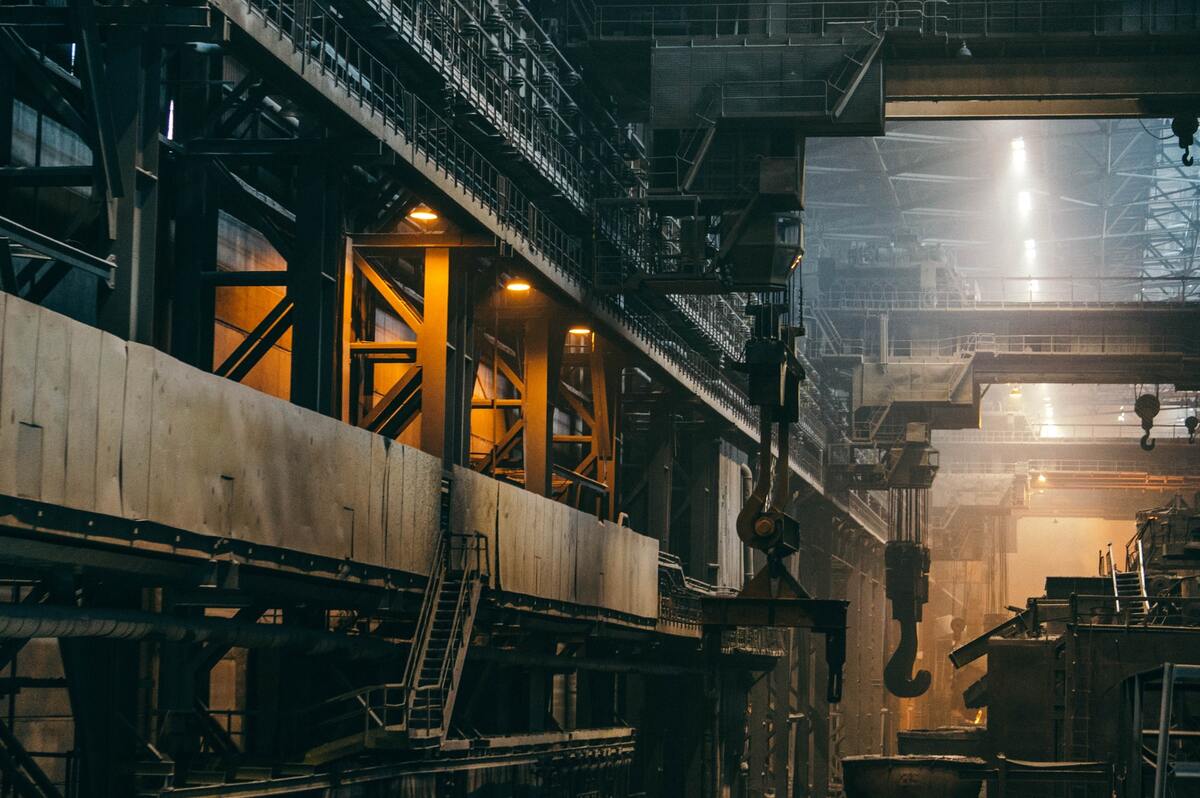Industrial Design Needs to Evolve for Energy Efficiency

Consumers are developing sustainability demands thanks to the spotlight on eco-consciousness. Companies must alter their practices’ efficiency to match customer values and remain competitive in their fields. Limiting greenhouse gas emissions by increasing energy efficiency can significantly improve the eco-friendliness of industrial companies.
Sustainable industrial design can allow companies to increase the energy efficiency of production, storage and distribution services. Adding new features to existing structures can decrease emissions and a company’s reliance on the grid. Fortunately, environmental engineers and scientists are generating green technology to support climate change prevention goals.
Net-Zero Buildings
As construction professionals begin designing energy-efficient buildings, they can look to net-zero structures as models. Net-zero facilities produce as much electricity as they consume, generating a closed-loop system. They are self-sufficient because of their energy conservative design.
The buildings optimize their efficiency levels by utilizing high-performance envelopes, sunlight control, shading systems, air barrier devices and more. When structures keep conditioned air in and outside air out, they reduce stress and the energy expenditure of heating, ventilation and air conditioning (HVAC) systems.
Similarly, a building's systems should limit their energy consumption, allowing renewable power sources to meet their needs. Developing sustainable building designs can decrease an industrial company's utility costs and improve its eco-friendliness.
Modernized Lighting Systems
Building professionals can design modern lighting systems in industrial buildings, decreasing their reliance on the grid. Why does it matter? Lighting contributes to 40% of U.S. energy use. The electricity-reliant systems traditionally utilize fossil fuel-derived energy that generates greenhouse gas emissions.
Traditional industrial centers promote incandescent light uses instead of natural lighting. Professionals can improve a building's access to outside lighting, limiting power-intensive system uses. Placing large windows in a facility — though less functional in industrial facilities — can decrease its reliance on artificial bulbs.
Can't add windows to an industrial space? Adding skylights to buildings can improve indoor light quality. Builders can also place reflective materials around a building, forcing natural light inside. Some professionals also add various colors to the exterior, inviting in or shielding exposure to decrease lighting emissions.
Space Efficiency
Optimizing a building's design for space efficiency also improves its sustainability. Expanding the height, rather than width, of a building improves its storage abilities. Utilizing automated devices for stacking and retrieving materials in a warehouse also decreases energy and rent costs.
Designing a storage center to increase its compatibility with efficient devices decreases heating and lighting emissions. Rather than expanding, companies can build upward, using the most of a building's space. Relying on automated devices also increases the safety of workers and decreases on-site injuries.
Sealing Buildings
Builders can also increase the energy conservation in a building by adding an optimal seal. Rather than quickly developing a structure for immediate use, sustainable construction professionals can design an efficient envelope, decreasing HVAC electricity waste. They can begin by establishing a tight frame, eliminating openings or cracks.
Additionally, they can increase the thickness of the walls, limiting the escape of warm and cool air. Adding barriers can control leaks and increase the energy efficiency of an industrial basement or attic space. Professionals can then place sealant materials around windows and doors to enhance air containment.
Some companies utilize modular construction models when facing on-site building deficiencies and cracks. As professionals place the modules together on-site, they can achieve a tighter seal.
Renewable Energy
Many energy-efficient building designs also include renewable power sources. Builders can construct an industrial warehouse or production facility that adapts to green technology. They can increase the efficiency of solar panels by developing adequate roof structures.
The orientation of a roof is essential when it comes to sun exposure. Developing a roof with high solar power efficiency requires a south-facing tilt. Panels facing south produce 20% more electricity than west-facing ones.
Construction companies can also develop flat roofs on industrial buildings. The angel of a panel affects its efficiency rates in specific global regions. Flat roofs increase a company's ability to adjust the angle throughout the year.
Panels with adjustable racks can alter their tilt as the sun changes. If construction professionals design a pitched roof, they can keep its angles between 30 and 40 degrees, optimizing solar power production. With adequate renewable energy sources, industrial buildings can decrease their reliance on the grid and shrink their carbon footprints.
Making Industrial Design Greener
When professionals are ready to design a sustainable, industrial building, they can start by evaluating interferences in the region. If the area has limited sun exposure, they may opt for wind turbines. In cool places, they may install opening windows to let a summer breeze inside.
Working with the elements is essential when limiting a building's energy reliance. Builders can also decide whether on-site or modular construction is more efficient for the structure's seal before beginning the job. Enhancing the energy conservation of a building can improve its sustainability and industrial manufacturing evolve with carbon-neutral goals.



